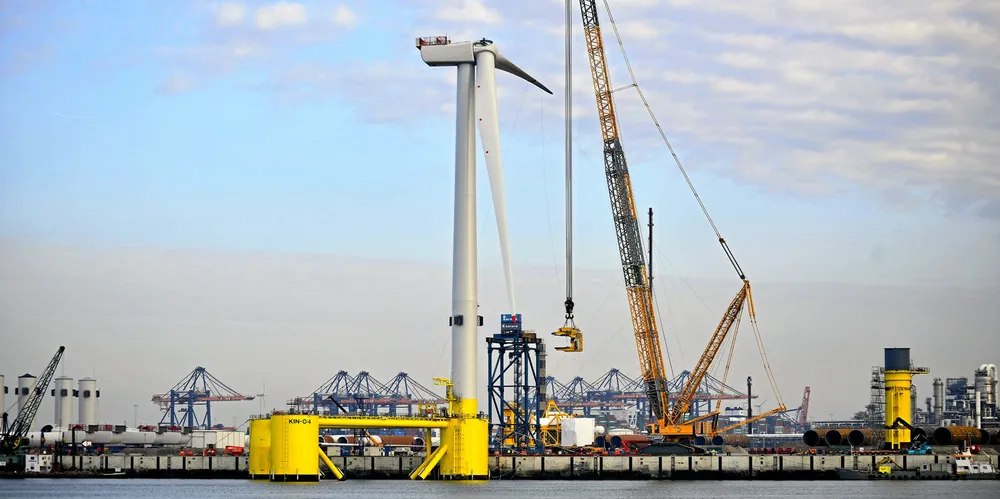Global floating wind build off target as 'government not supply chain' bottlenecks boom: report
Progress in highly prospective sector being hampered by slow-to-change policy and regulatory frameworks, with forecast installation by 2030 down 12.5% on 2021 predictions, according to new 4C Offshore figures
